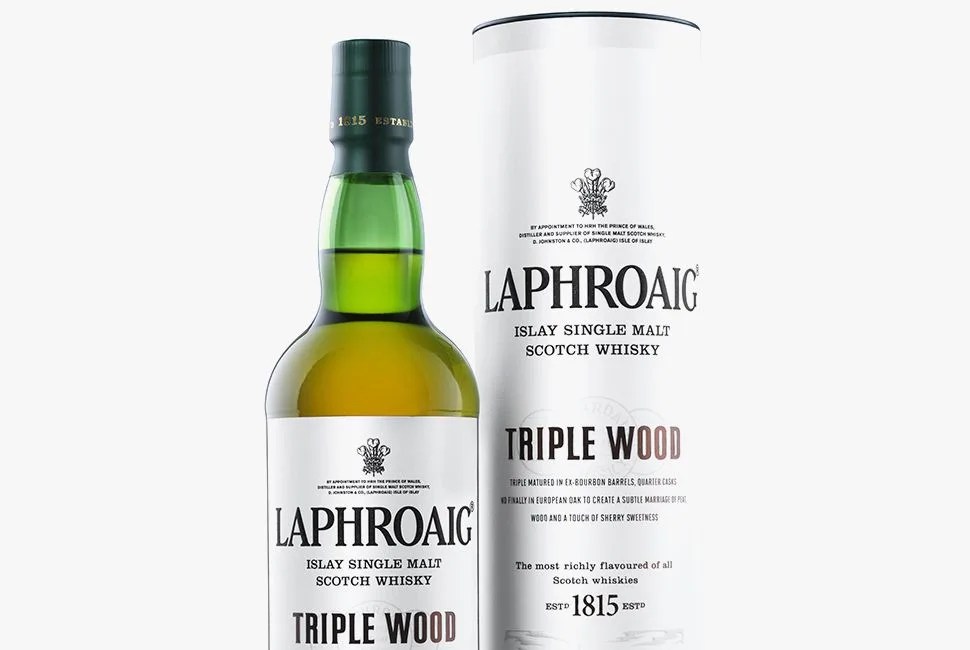Islay scotches tend to get what appear to be negative descriptions, like, “Similar to a bag of Scott’s Turfbuilder that’s been dragged along the floor of a shrimping boat then sprinkled with cigar butts.” And it’s those kind of descriptions that draw the Islay faithful.
You won’t hear anyone describe an Islay as pleasantly as a Highland (vanilla, citrus, brown sugar, etc.) and it’s unlikely that a new whisky drinker will take to the distinct, pungent scents and the strong flavors imbued by the likes of Lapghroaig, Oban, Ardbeg and Lagavulin. But when your palate graduates to this level, these whiskies can be the most satisfying to the discriminating imbiber.
Scotland’s famous millennial old peat bogs get most of the credit for providing the strongest characteristic for Islay malts, and that peat is infused with the briny ocean mist that also adds sea saltiness and seaweed flavors. But how does it actually make it into the spirit? It’s the dried peat bricks, typically used for fuel in Scotland, that are used to stoke very hot fires that dry the barley malt, which is in turn used in making the Scotch. Laphroaig’s most recent release, the Triple Wood ($60), offers another twist on the brand’s über-peaty Islay offerings. The whisky is matured in bourbon barrels first, then transferred into quarter casks. The rub is that they’re finished in Oloroso sherry oak butts, adding new character and dimension to Laphroaig’s standard approach.
This extra dimension at the back end is what sets the Triple Wood apart from most other Laphroaig offerings, but not as a non sequitur.
As with all Laphroaig products, you can’t appreciate the color of the spirit through the green 750mL bottle. But once in the glass, the medium amber color is beautiful and welcoming. The Triple Wood coats the glass nicely, and the nose is sweet and potent and a bit deceptive, at first. It imparts notes of dried fruit, sugary candy, nuts, wood smoke, vanilla and a slight hint of butter. Enticing, indeed.
And then, in traditional Laphroaig fashion, peat, damp earth and seaweed show up at the first taste along with a noticeable medicinal taste. There’s even a bit of cinnamon-like spice in the back end of the initial palate with dryness added mid-palate — and then an extremely complementary sweetness that emerges from the Oloroso sherry maturation. Like mildly sweet dried fruit and sugar, it pops its head up noticeably, but not in an overpowering fashion, and leads into a long finish that’s undergirded by smoky charcoal and briny sea.
This extra dimension at the back end is what sets the Triple Wood apart from most other Laphroaig offerings, but not as a non sequitur. The transition is surprising, yes, but so pleasant there’s nothing stark or misplaced about it. Single malt drinkers can be fussy, but they are always impressed by complexity and nuances of flavor, and that’s what the Triple Wood delivers beautifully. This just might be the kind of strong Islay single malt that could appeal to dedicated Highland drinkers, but patience and an open mind are needed to get to the Triple Wood’s pleasant surprise. Of course, for the Islay worshippers, the full experience is worth the price of admission.
